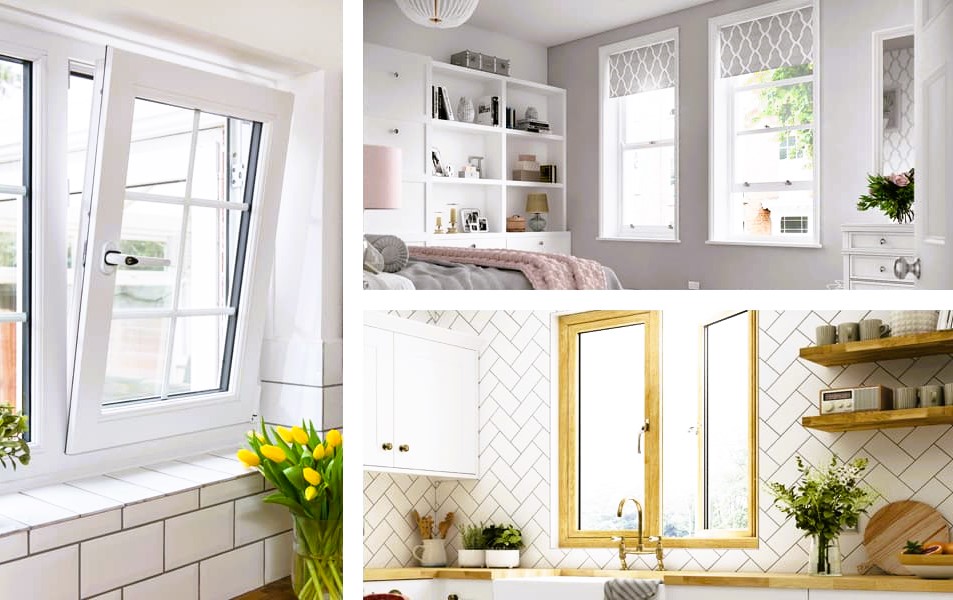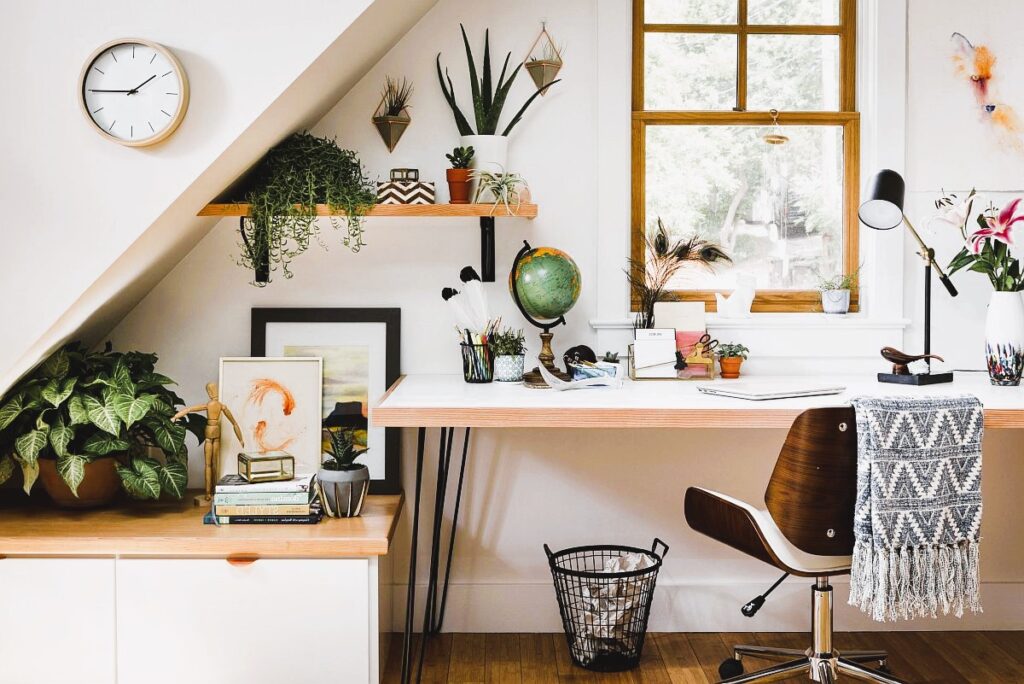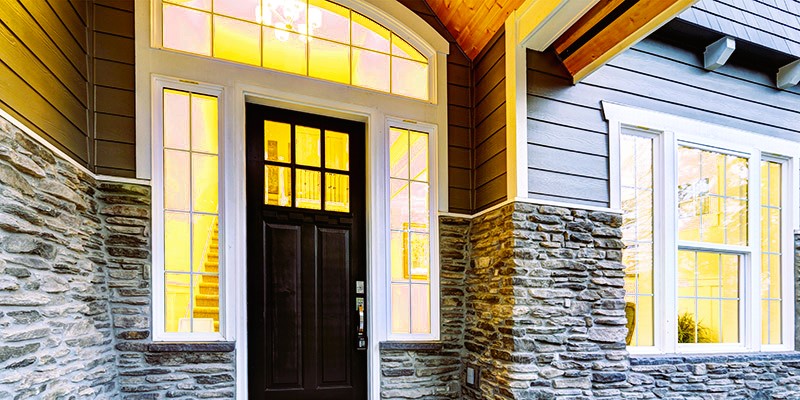Transom windows, those small, often decorative windows positioned above doors or larger windows, have a long history of both functional and aesthetic significance in architecture. These windows not only add a touch of elegance and charm to a space but also serve practical purposes such as improving natural light flow and ventilation. This article explores the versatility of transom windows and offers creative design ideas for incorporating them into various rooms.
Historical Significance and Contemporary Relevance
Transom windows have their roots in classical architecture, dating back to ancient Roman times. They were originally used to facilitate the circulation of air while maintaining privacy and security. Over the centuries, transom windows evolved, becoming a hallmark of various architectural styles, including Victorian, Colonial, and Craftsman.
In contemporary design, transom windows continue to be valued for their ability to bridge the gap between functionality and aesthetics. Their placement above doorways and windows allows them to act as focal points, drawing the eye upward and adding vertical visual interest to a room.
1. Entryways with a Grand Welcome

The entryway of a home sets the tone for the entire interior. Transom windows above the front door create a sense of grandeur, making a lasting first impression on visitors. These windows can be tailored to match the architectural style of the home, whether it’s a traditional divided-light design or a sleek modern interpretation.
For added elegance, stained glass transom windows infuse color and artistic flair, casting a warm and inviting glow into the entryway. Consider incorporating motifs or patterns that reflect the homeowner’s personality or the overall design theme.
2. Bathrooms: Privacy and Light
In bathrooms, transom windows strike a delicate balance between privacy and light. Placed above a shower or bathtub, frosted or textured glass transoms allow natural light to filter in without compromising privacy. These windows can also be paired with operable vents to facilitate ventilation, reducing moisture buildup in the bathroom.
For a spa-like ambiance, consider installing transom windows above a vanity or along a wall of mirrors. This not only brightens the space but also adds an element of luxury to the daily routine.
3. Kitchens: Illuminating Workspaces
Transom windows are excellent additions to kitchens, where ample lighting is crucial. Installing transoms above kitchen cabinets or backsplashes allows natural light to reach even the deepest corners of the room. This reduces the need for artificial lighting during the day, contributing to energy efficiency.
For a touch of drama, consider transom windows with geometric or stained glass designs that infuse the kitchen with personality. This design choice can transform the kitchen into a well-lit and inviting hub of activity. The art of creating a welcoming lobby, see our tips and ideas.
4. Living Areas: Architectural Flourish
Transom windows can serve as architectural flourishes in living rooms, dining rooms, and other common areas. Placing transoms above large windows or doorways creates a sense of openness and spaciousness. This effect is particularly beneficial in rooms with lower ceilings, as transoms draw the eye upwards, making the room feel larger.
In living areas with decorative molding or wainscoting, transom windows can be positioned to align with these elements, creating a cohesive and harmonious design.
5. Home Offices: Natural Inspiration
Home offices benefit from the inclusion of transom windows that provide a connection to the outdoors. Placing transoms above a desk or workspace offers a glimpse of natural beauty while maintaining a productive atmosphere.
For a modern twist, consider transom windows with minimalist frames that allow unobstructed views. This design choice can foster a sense of tranquility and focus in the workspace.
Standards and Considerations

When incorporating transom windows into interior design, it’s important to adhere to safety and quality standards. Organizations like the International Code Council (ICC) provide guidelines for window installation, ensuring that transom windows are properly secured and meet safety requirements.
For comprehensive insights into window standards and regulations, resources like Wikipedia offer valuable information on topics such as window design, construction, and historical significance. Additionally, Canada’s official website for standards and regulations (canada.ca) provides resources on safety standards for windows and doors.
Conclusion: Elevated Elegance
Transom windows, with their rich history and timeless appeal, bring a touch of elevated elegance to any space. Whether it’s the grand entryway, the functional bathroom, the well-lit kitchen, the open living area, or the inspired home office, transom windows have the power to transform the ambiance, aesthetics, and functionality of a room.
By understanding their historical significance, exploring various design ideas, and adhering to established standards, homeowners and designers can embrace the versatility of transom windows, enhancing interiors with their distinctive charm.
Incorporating transom windows is an invitation to infuse spaces with the allure of architectural tradition while embracing contemporary design sensibilities.
Reference: Wikipedia – Transom (architectural)

